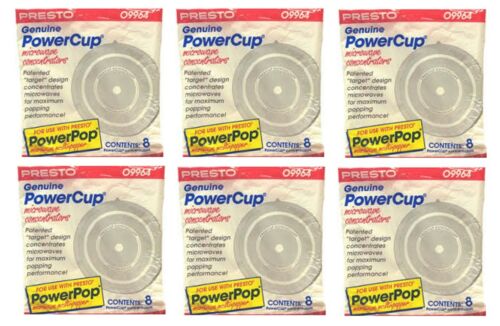-40%
Monkshood 20+ fresh seeds (Aconitum napellus). Medicinal heirloom herb seeds
$ 2.56
- Description
- Size Guide
Description
Wolfsbane belongs to the Buttercup family. This is a perennial that has toxic substances in its composition. This culture has many names: wrestler, wolf root, monkshood, wolfsbane, king grass, etc. Its stems are straight, and the flowers have a rich blue or purple color.The wrestler grows in the wild, came to Russia from North America. It is also quite common in Asian and European countries. Ideal conditions for the development and growth of the wrestler are considered moist soils rich in humus. Since Aconite Borets is a herbaceous and perennial plant, it can grow in one place for a long time. After a few years, the herb will lose its poisonous properties. This feature is very good for gardeners who want to apply wrestler in landscape design.
One of the varieties of culture – Aconite new York, is under threat of extinction. In appearance, wolf root is more like a plant from the Legume family. Therefore, it is often confused with the famous herb called lupine.
Volkovoy contains in its chemical composition alkaloids, most of which aconitine.
Wolfsbane
reproduction and cultivation of wolf Root
To date, more than 330 species of this plant are known. The most common is wolfsbane klobucky. Its second name is blue monkshood. Common in European countries, it is especially common on the Northern slopes of the Alps. On the territory of Russia, there are about 80 species of wolfsbane. For example, in the Novosibirsk region there is Jungarian Aconite and Oakwood wrestler, and in the Altai – paniculate, mottled and cammarum.
When breeding wolf root in a garden or household plot, you should know some features. Aconite prefers well-moistened places, but without stagnation of moisture, as this can destroy its root system. You can plant it next to ornamental plants, it will not do any harm. But when choosing a place for a wrestler, you need to take into account the distance to the vegetable and fruit crops that are used for food.
Please note! King-grass passes through the root system aconitine, which, if ingested, can cause severe intoxication and even death.
Monkshood develops equally quickly both in areas that are well lit by the sun and in shaded areas. For autumn planting, the necessary condition is the cut leaves of the plant, for spring – not yet grown. The Aconite root should fit freely in the planting pit. Plants are planted at intervals of 30 cm. Fertilize the soil with mineral fertilizers.
Important! You can not grow a wrestler in places that are accessible to children or animals, as contact with this plant causes toxic poisoning of the body, which can lead to death.
The plant does not need careful care and maintenance, but it still needs to be given minimal attention. It consists in feeding, loosening the soil, removing weeds, as well as removing dried flowers. The plant needs to mulch the soil twice a year.
The plant is prone to diseases, it is not bypassed by various pests, despite the high toxicity. If the plant is affected by diseases such as powdery mildew or leaf spot, it is recommended to dig it up and destroy it.
In the cold season, the king-grass should be fed with preparations made under the root. During SAP flow, organic and mineral fertilizers are applied to the soil. In the spring, manure is applied under each Bush. This is done for a more saturated color of inflorescences.














